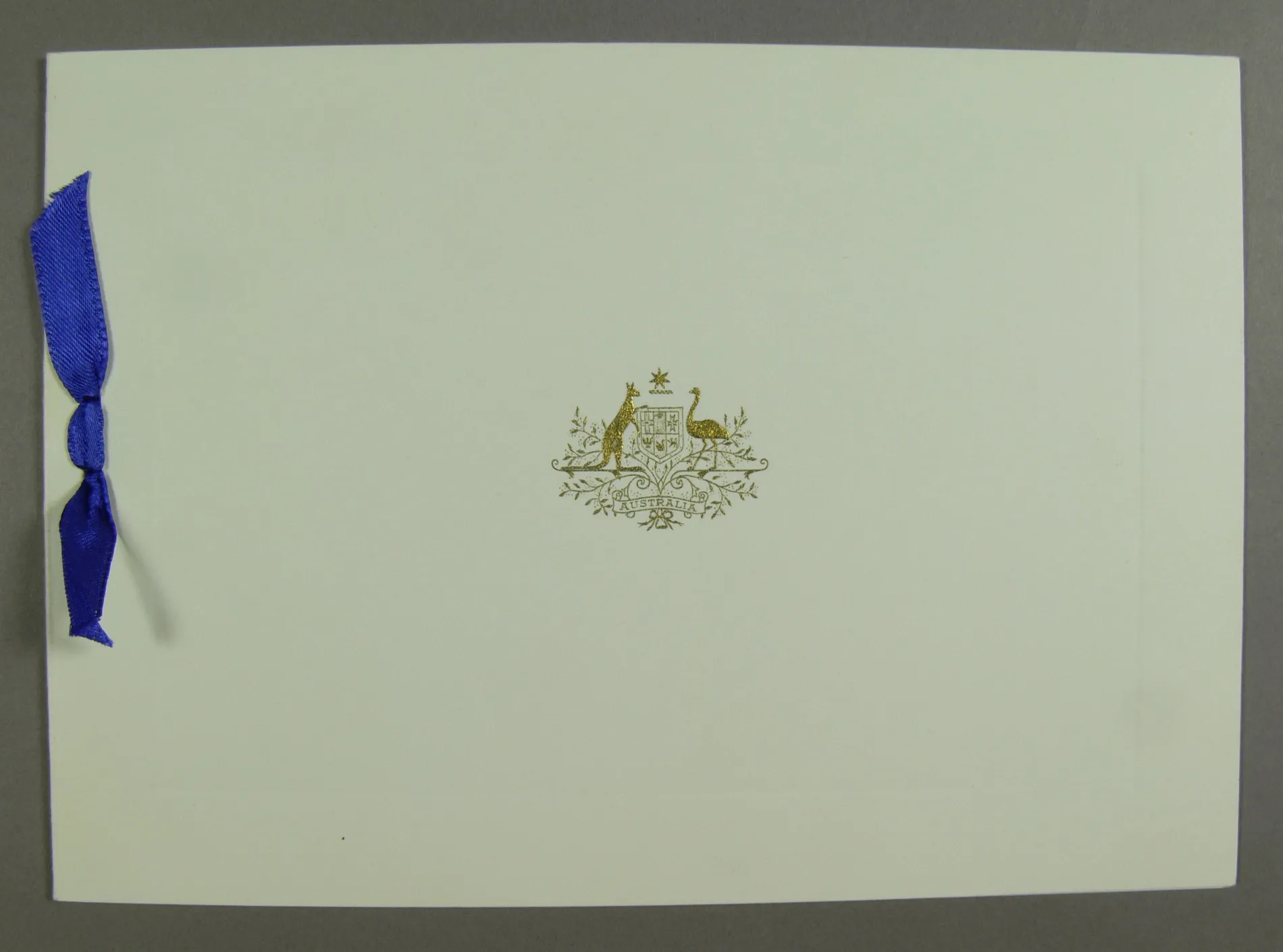Cecil’s dismissal caught the attention of the newspapers and the Hairdressers Union, who committed to support him if he desired, even going so far as to ‘blacklist’ the Parliamentary Barber Shop if needed. Some headlines even stated that Cecil Bainbrigge would run against Archie Cameron in the next election, although this was something Bainbrigge only ever joked about.
Over the years, an increasing number of women began working at Parliament House, not only as Senators and Members, but also in many other capacities. This called for the introduction of a hairdresser who could do both men and women’s haircuts. In 1978, Elizabeth ‘Lizzie’ Scott was hired as the in-house hairdresser at Parliament House, where she worked until the move to Australian Parliament House in 1988, and continued as hairdresser there until 2008. In a 2002 interview from our oral history collection, Lizzie recalled that the position was initially attractive to her as a parent because of the casual arrangement and hours. The room Lizzie used was rent-free and fairly basic until it was refurbished in the early 1980s. Lizzie was paid directly for the cuts she did, and she did not take clients from outside Parliament.












